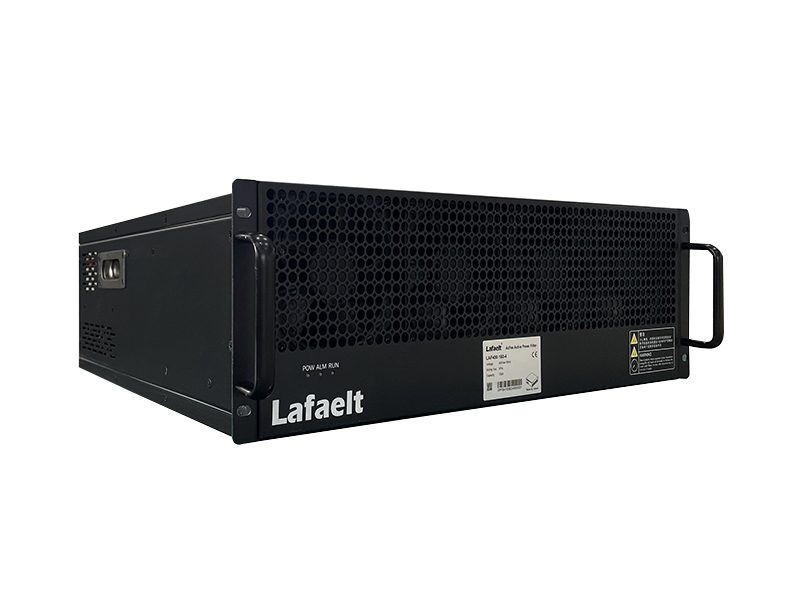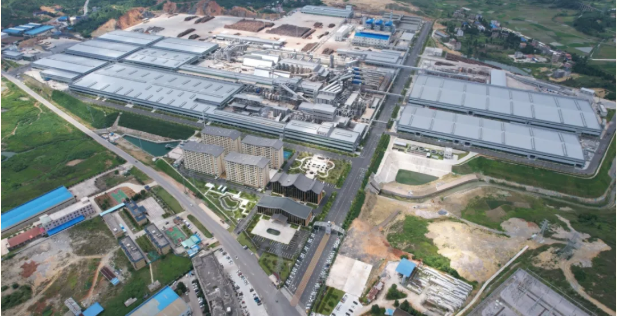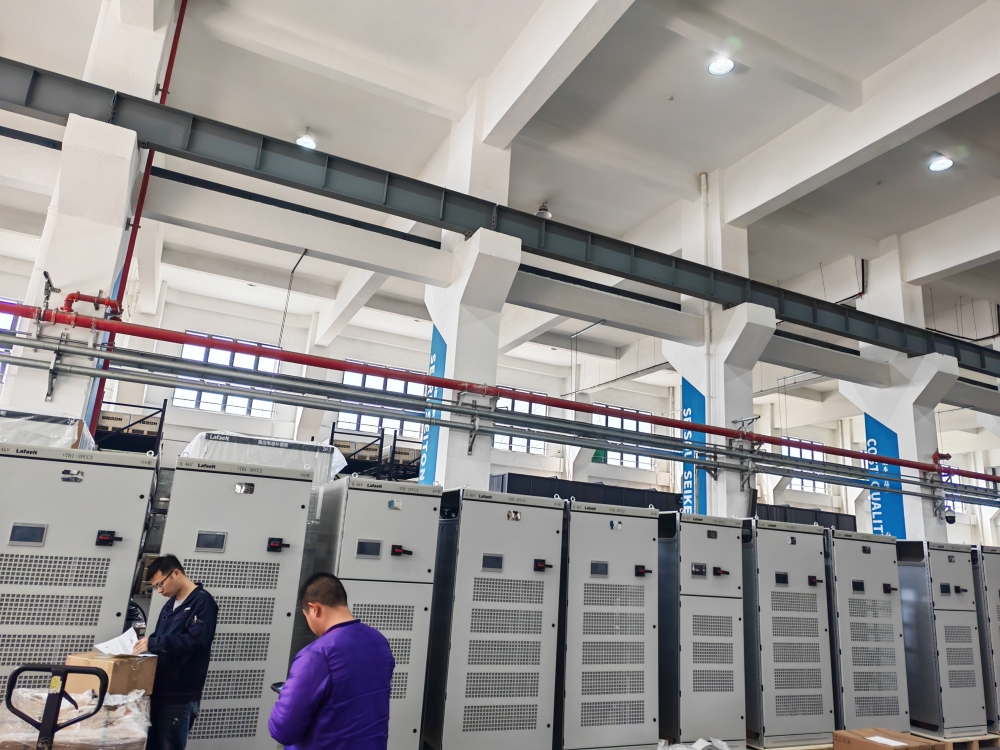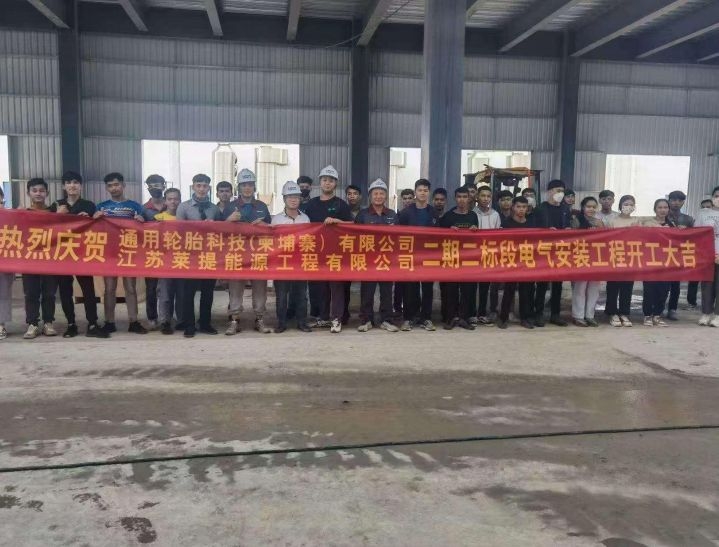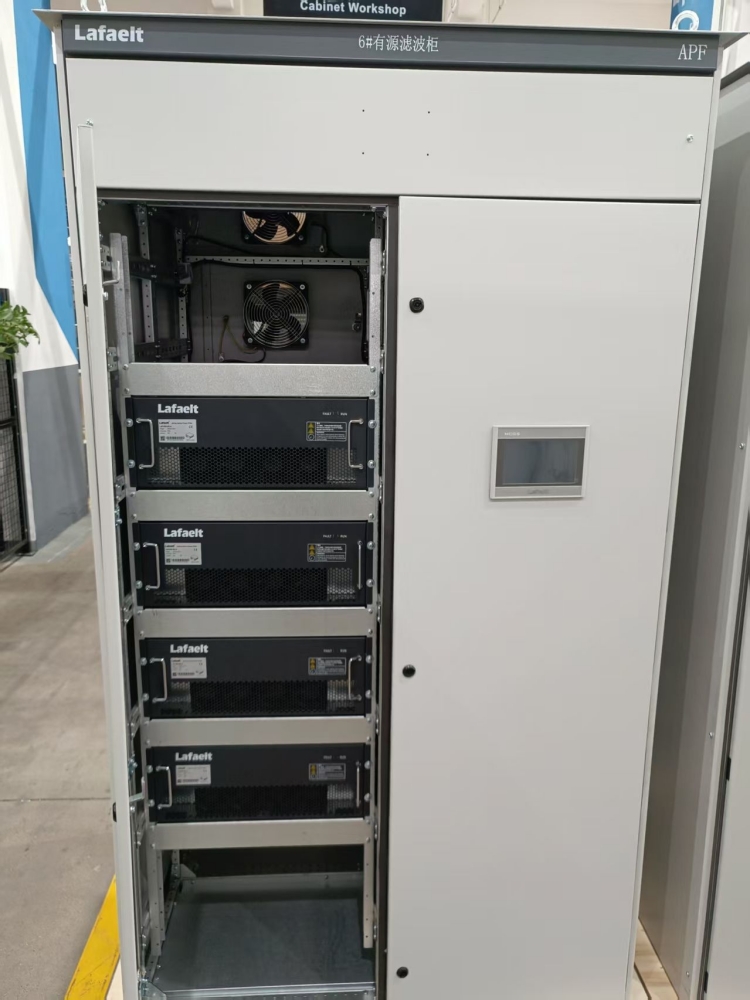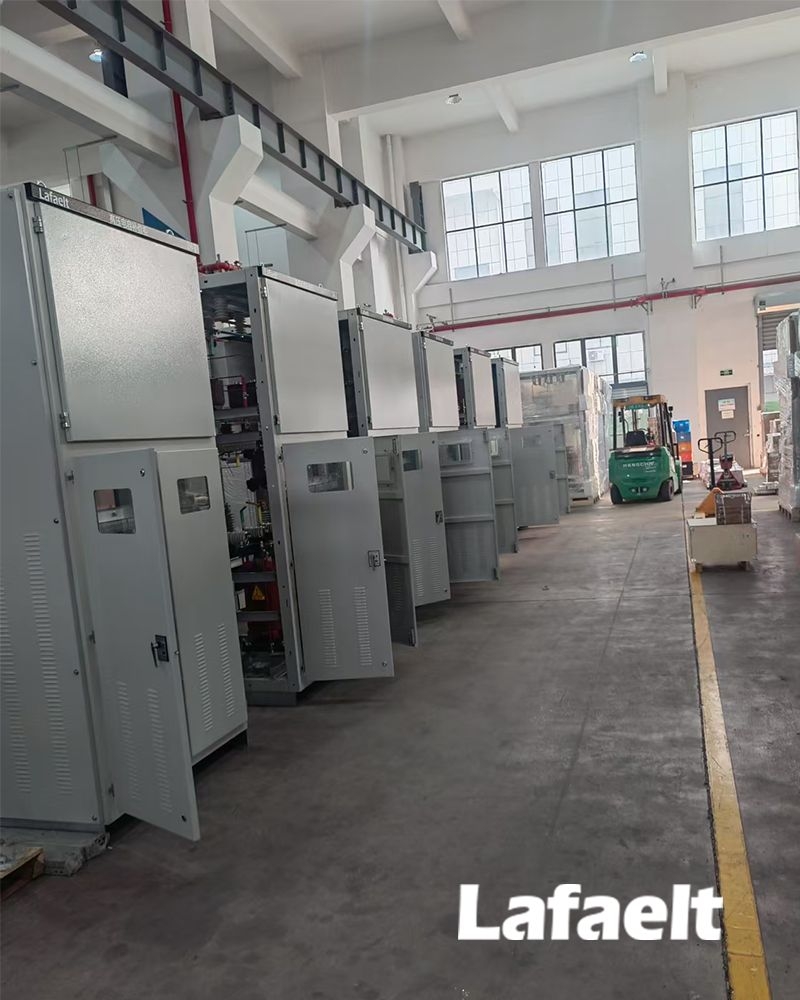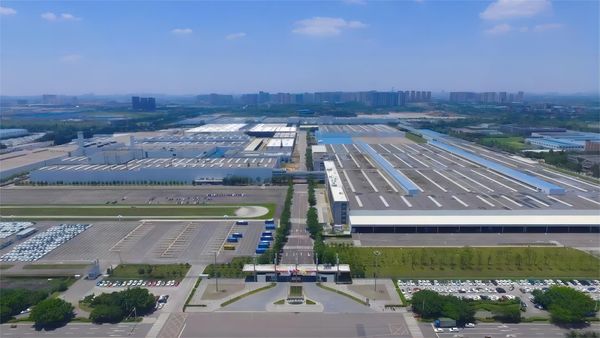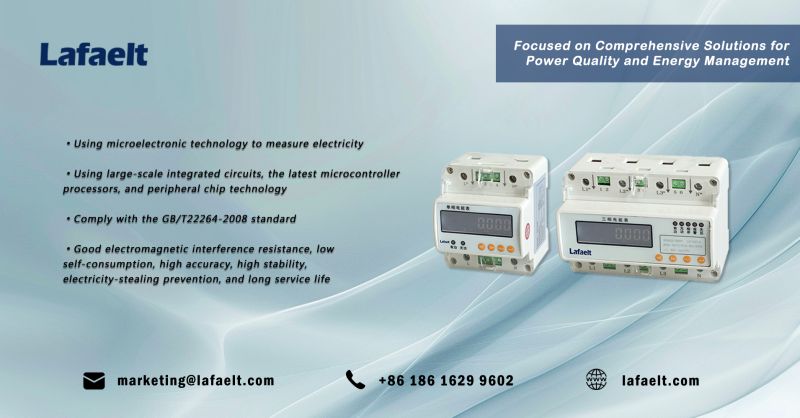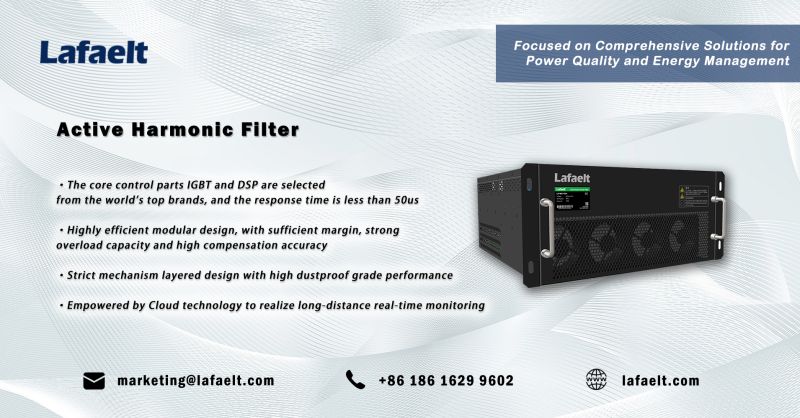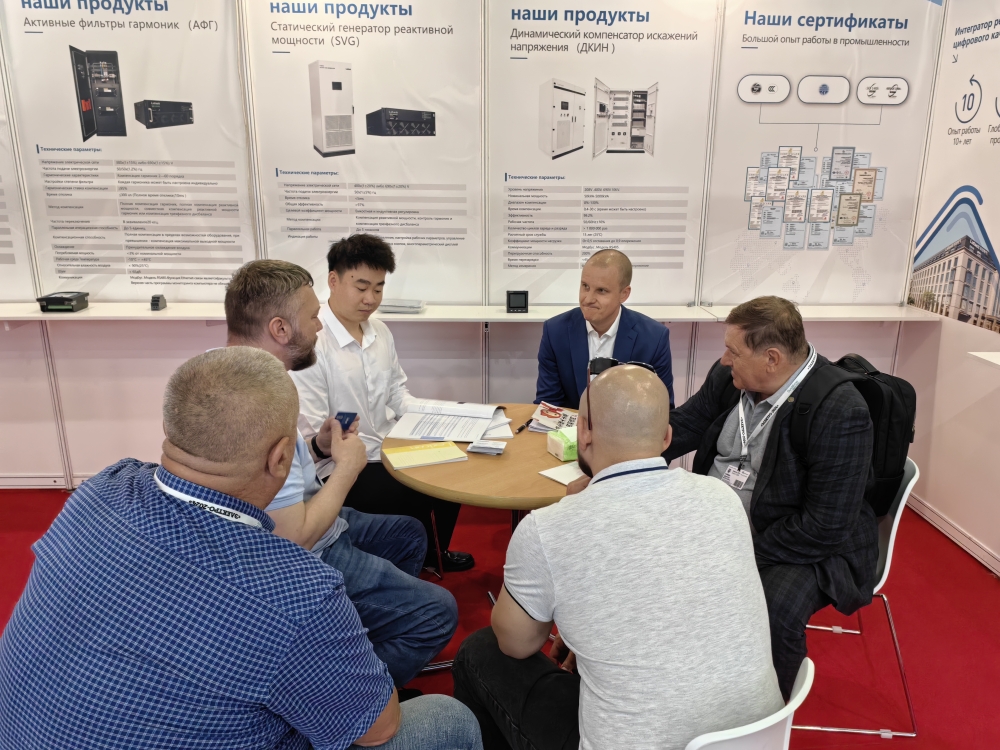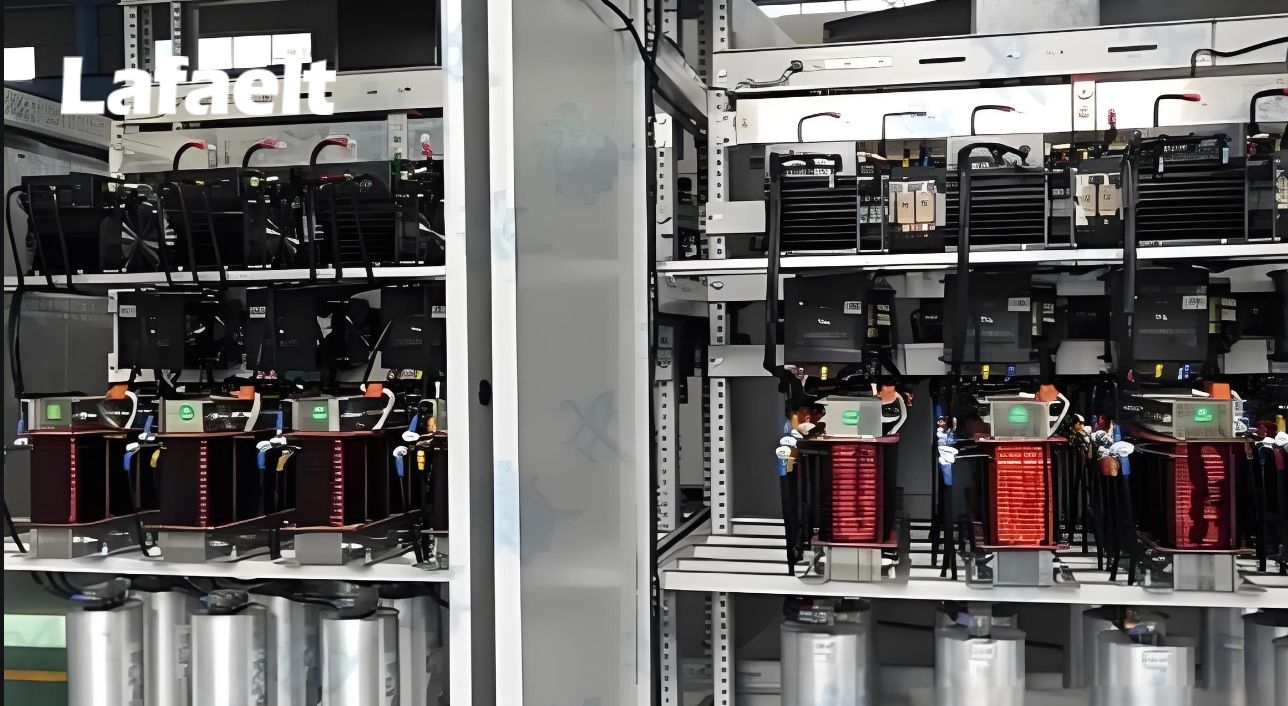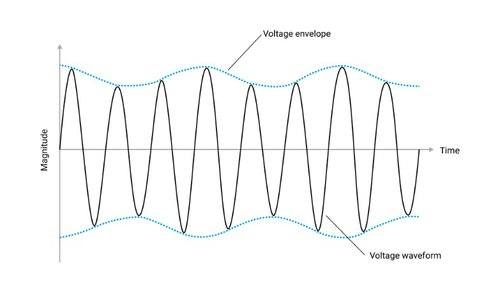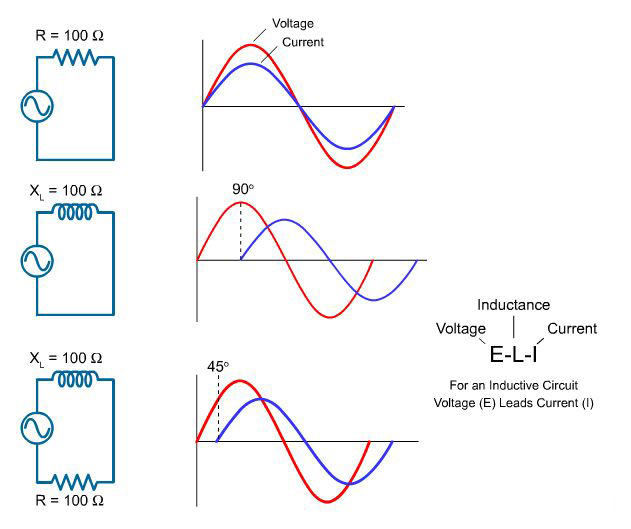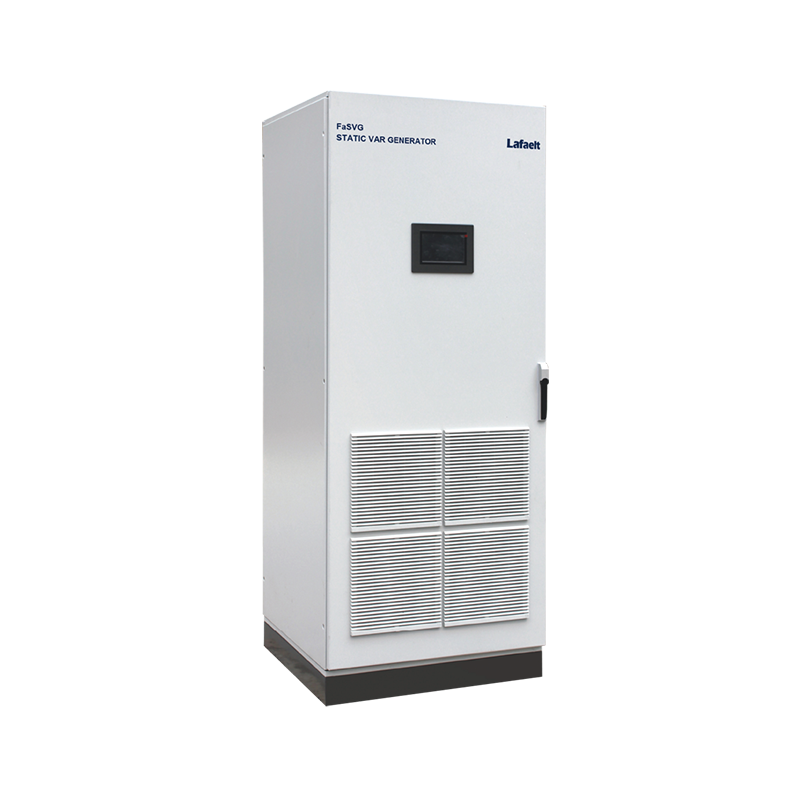What are Harmonics and how does it affect an Electrical System?
Harmonics are that part of a signal whose frequencies are integral multiples of the system’s fundamental frequency. For example, with a 50Hz fundamental frequency, we can expect harmonics at 100Hz, 150Hz, 200Hz, and so on. Having defined it, we shall now see its relevance in electrical systems. When we talk about alternating voltages or currents, we assume it to be sinusoidal in shape. But a true sinusoid is ideal and it is nearly impossible to create this waveform in reality. All AC waveforms tend to deviate from the ideal sinusoidal shape though the degree of deviation may vary from very little to a larger extent. We call such waveforms distorted or complex waveforms.
What causes harmonics in an electrical system?
With this understanding on harmonics, we can now move on to understand what gives birth to these harmonics. All electrical loads fall under two categories. One is the linear load which draws voltage and current in sinusoidal shape but may have a phase shift. The resistors, inductors, capacitors and their combinations fall under this category. The other one is the non-linear load which draws current in abrupt pulses rather than a smooth sinusoid indicating a distorted response. Modern power electronics consisting of inverting, rectifying, charging and discharging circuits, etc. fall under this category. It is this non- linear load that gives birth to harmonics.
Some of the sources of harmonics that we see in our day to day life include CFL/fluorescent lights, electronic ballasts, fan regulators, UPS and inverters, ARC welders, transformers under no/light load and solar power systems.
Why are harmonics bad?
Generally, voltage distortion is not at all desired as it can result in the increase of the effective peak voltage value and can also change the RMS value of the current and result in increased losses. In transmission lines, the stray capacitances which are usually small at standard frequency increases drastically due to higher frequency harmonics (Capacitive reactance being inversely proportional to frequency) resulting in quality of power delivered being poor due to lower power factor.
In transformers, the iron losses in general vary with the square of the frequency. Due to the presence of higher frequency harmonics, the iron losses in a transformer are increased. It may also lead to resonance between the transformer inductance and capacitance which may lead to unwanted vibrations of the transformer core.
Same with the case of motors and generators. The flow of harmonics in the stator generates stray flux which may result in heating the rotor, pulsating torques, noise generation which affects the overall lifespan. Apart from this, harmonics also affects the operation of measuring devices, relays and can also sometimes interfere with communication networks.
Although various filters are available for the removal of harmonics, it is still a headache in certain situations. So, when you next see your ceiling fan making weird noises when running on an inverter, point towards it and say “THAT’S HARMONICS!!”.
